Embracing the Challenges of Leadership in Biology
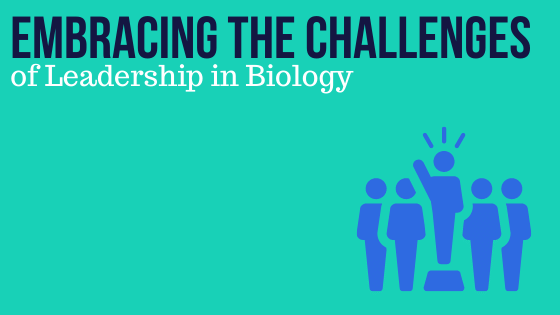
Today’s blog is written by guest blogger, John M. Collins, Executive Leadership Coach. Reposted from The ISHI Report with permission. Like you, I’m excited about ISHI 2021 while still sad about the impact that COVID-19 had on ISHI 2020 and so many other forensic science conferences. These conferences are critically important to the […]
Work Interrupted: How the COVID-19 Pandemic Impacted Life in the Lab
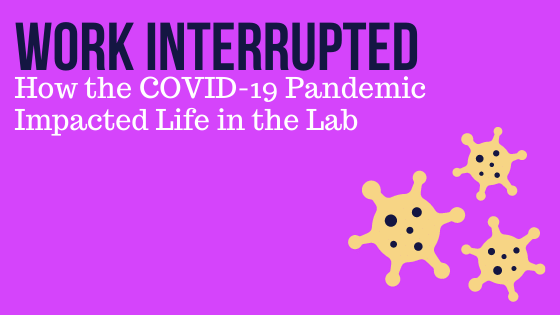
We caught up with workshop chairs Michael Coble and Jessica Charak Lehrner to gain their perspective on weathering the pandemic. Read on to see how both made it through the last year eager to take on 2021. What is your current job title? How long have you worked there and in the […]
Obtaining DNA Profiles from Rootless Hairs
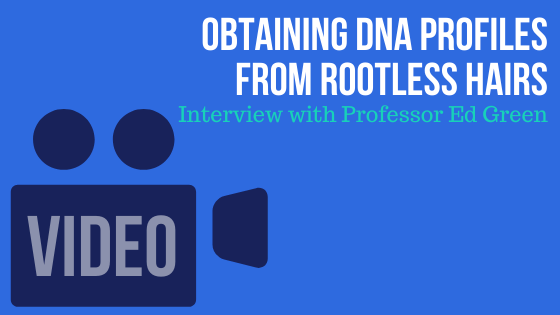
Throughout the years, conventional wisdom has said that rootless hair shafts do not contain DNA, but this couldn’t be further from the truth. In this interview, Ed Green, Professor at the University of California Santa Cruz and co-founder of Astrea Forensics, discusses how his company is generating DNA profiles from rootless hairs and how this […]
GEDmatch: A Genealogy Platform Allowing Users and Law Enforcement to Make Familial Connections
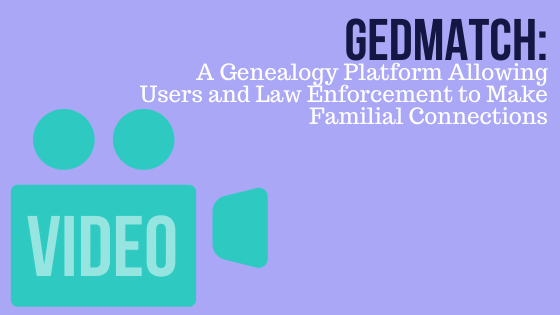
GEDmatch is a genetic genealogy website with over 1.4M users who want to learn more about their genetic roots. It was set up in 2010 with the mission of using science to connect people and has since been used by amateur and professional researchers and genealogists, as well as adoptees looking for their birth parents. […]
Using LIMS Technology (Laboratory information management system) to Obtain High Quality Nucleic Acid Samples

Latin America today is one of the centers of the global health crisis caused by COVID-19, and Brazil is considered the epicenter of the pandemic in Latin America. As of July, 1,545,458 cases and 63,295 deaths have been reported. Despite the large number of cases, only 15,668 tests for COVID- 19 have been performed per […]
Maximizing DNA Yield from Fired Cartridge Casings

Crimes involving guns have become increasingly prevalent in our society and investigative techniques for solving these crimes have been limited due to several factors. One factor is that the evidence left behind is commonly comprised of spent cartridge casings or stray bullets. These items are typically analyzed with firearms comparisons since DNA analysis has not […]
mtDNA Population Databases for Forensic Purposes: An Overview of the Situation in South America
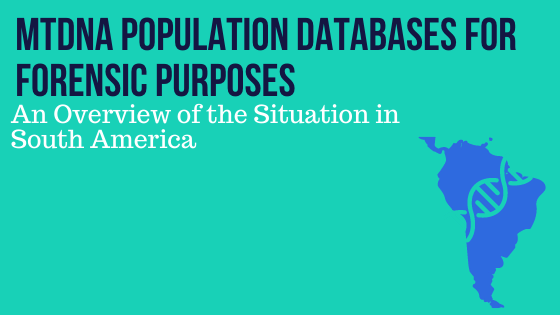
Mapping and understanding the high ethnic, cultural and linguistic diversity of South American populations has been the main focus of various studies in different fields of science. The process of colonizing South America resulted in a heterogeneous distribution of three main ancestral contributions (Amerindia, European and African) in the populations that currently inhabit the different […]
Loveless Lost: The Case of the Oldest Doe Identified Using Forensic Genetic Genealogy
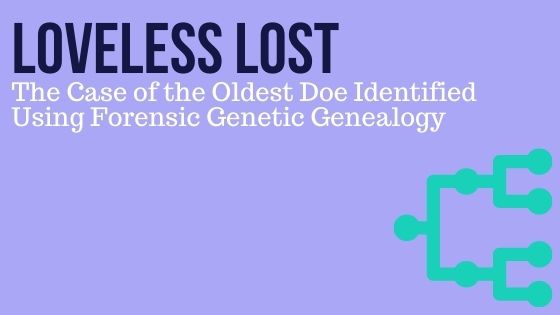
In the summer of 1979, a family was searching for artifacts in Buffalo Cave, a dark lava tube outside of the small and remote town of Dubois, Idaho. Approximately 200 feet from the opening of the cave, the family discovered a burlap sack containing a mummified, clothed, and dismembered headless torso. The Clark County Sheriff’s […]
Forensic Scientist of Note: Dr. Lutz Roewer
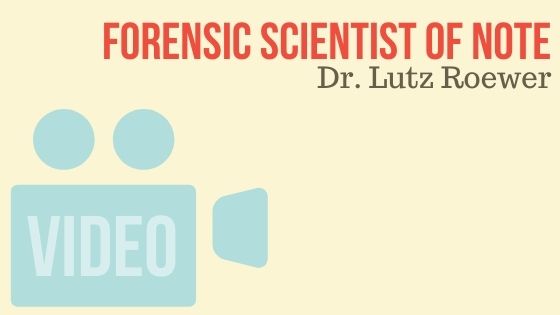
Dr. Lutz Roewer is one of the renowned forensic scientists who transformed DNA forensics through studying the Y-chromosome and demonstrating the value of Y-STR analysis for forensic casework. The use of a YSTR profile can help by excluding male suspects, or indicating multiple male contributors, or provide information that can be used to help find […]

